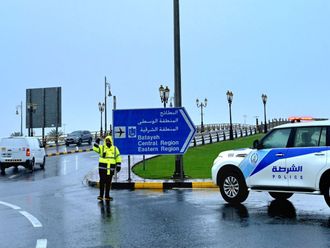
We all take pictures to capture precious holiday memories. While it is no secret that using natural light in photography can give you good results, the harsh, blazing summer sun can cause unflattering shadows. So knowing how to use the sunlight can help create good images. GN Focus offers tips to help you get the summer mood while overcoming the challenges of outdoor photography in bright sunlight.
Children portraits
Use cameras that offer fast autofocus so you get multiple shots of your child without a blur, choosing the best later.
Yuta Kawamura, Marketing Manager, Electronic Imaging Division, Fujifilm Middle East, says, “Use a compact system camera so that your children can see your face behind the viewfinder. This will make them comfortable and you will get the opportunity to shoot natural photographs.”
Click your child’s portraits late afternoon or early morning when the light is softer. The bright light of the midday sun can cause dark shadows to appear on their faces. Avoid direct sunlight and try moving the child into the shade to prevent squinting. Also use a fill flash or portable reflector to bounce light into the subject’s face for better results.
Group photo
Fit the group into the frame first, avoiding unnecessary background objects, suggests Aadil Shaikh, Product Manager, Digital Imaging, Sony Middle East & Africa. Try seating them under a tree and get your subjects to turn their backs to the sun so they don’t squint. “If the image gets too dark, tighten the composition so that the strong backlight surrounds your subjects. If your camera has an exposure compensation feature, use it to brighten the image,” he says. “If you have to use a flash, tell everyone to close their eyes and open their eyes at the count of three.”
Wildlife
Animals, landscapes and pretty scenes look better through a zoom lens in wide angle mode, points out Kawamura.
Set your ISO at 200 and put your white balance on auto. Also shoot in raw format, which allows you to retain all the information about the photograph, so you can adjust it later.
Wide angles
For landscapes, use a wide-angle lens, either a 14mm or 18mm. You can also choose a 10-24mm lens if you are using an interchangeable lens compact system camera, says Kawamura.
“Set the shutter speed and aperture according to the time of the day you choose to shoot, but for harsh sunlight, use an F/16 aperture for great results.” You can also use telephoto lenses for good results.
Midday is the worst time of the day to take pictures as there is a risk of them being overexposed. “However, if you cannot plan beforehand and you really need to take a picture, try to stand with the back to the sun so you don’t get the sun right on your lens. Use a tripod to reduce the camera shake and blur,” Kawamura says.











